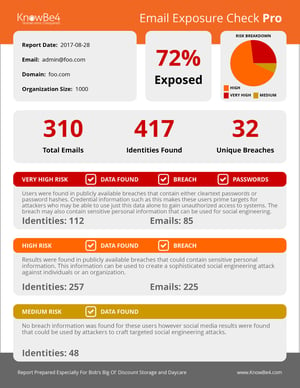 New data shows that not only are email-borne threats increasing, but that current integrated cloud email security solutions do little to detect and stop advanced email-based threats.
New data shows that not only are email-borne threats increasing, but that current integrated cloud email security solutions do little to detect and stop advanced email-based threats.
If you’ve been paying attention to cyberattacks over the last few years at all, you’re very well-aware that the art of the attack has been evolving, with cybercriminals becoming better at their craft in evading detection, using social engineering to attain access, and to achieve their malicious goals – whether they be encrypting or stealing data for ransom, BEC, cyber fraud, etc.
New data found in Abnormal Security’s 2022 Email Security Trends Report shows that organizations are definitely feeling this trend. According to the report, a whopping 92% of companies dealt with at least one security event in the previous year that was caused by an email-based threat. One-quarter of organizations experienced 11 or more security events in the last 12 months!
The top four email-related threats the organizations surveyed are concerned about are
- Malicious Attachments
- Ransomware (delivered via email)
- Credential Phishing
- Malicious URLs
So, what about the security solutions in use? Aren’t they stopping the attacks
According to the data, No.
- 78% of organizations agree that “Secure email gateways are legacy solutions that are largely incapable of supporting cloud email environments and thwarting advanced email threats”
- 79% of organizations agree that “Alone, the native security capabilities of cloud email solutions (e.g., Microsoft 365, Google Workspace) are insufficient in terms of the scope and/or strength of protection they provide.”
It’s evident that organizations are not satisfied with the current state of security. What’s needed is to meet attackers where there are gaps in the state of security – in this case, at the user’s Inbox. Users need to become part of the security strategy – through continual use of Security Awareness Training – to shore up any gaps and strengthen the state of the organization’s security stance. With attacks continuing to rise in number, sophistication, and frequency, it’s time to augment your current strategy with one that includes your users.
 Here's how it works:
Here's how it works:




